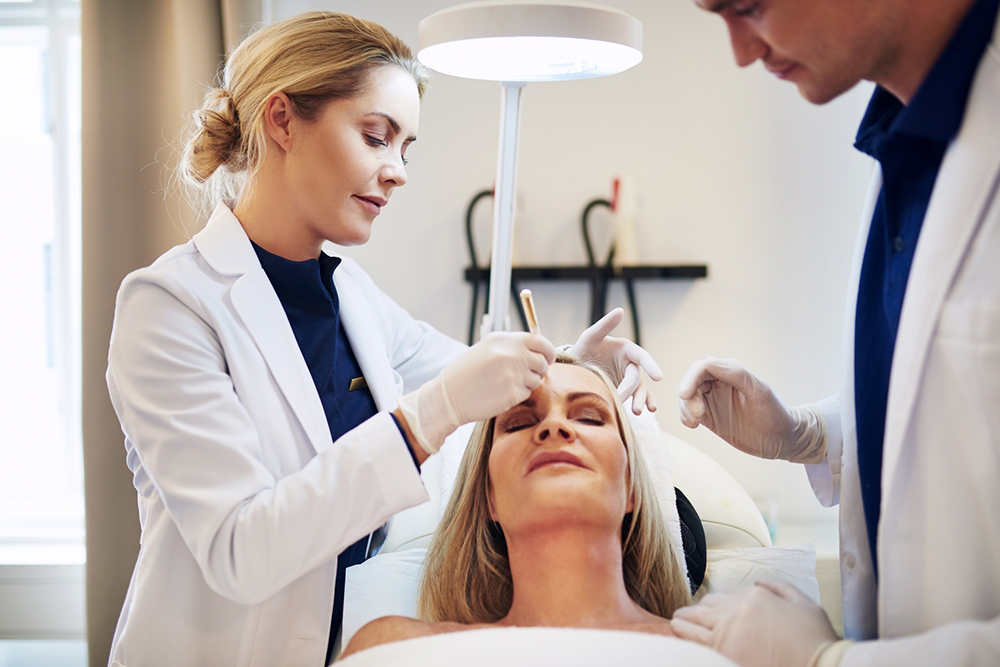Narcolepsy – Diagnosis and Management

Narcolepsy is a sleep disorder that causes drowsiness throughout the day. Individuals with this condition can fall asleep at any point of the day without warning. It can also lead to a drop in alertness levels, making it difficult to focus on current activities or function properly. Besides that, it can give rise to other symptoms like sudden loss of muscle tone (cataplexy), sleep paralysis, sleep-related hallucinations, and changes in rapid eye movement (REM) sleep.
Diagnosing narcolepsy
Doctors begin by inquiring about the patient’s complete medical history and conducting physical exams to diagnose this condition. A sleep specialist performs an overnight polysomnogram (PSG) to monitor the individual’s sleep throughout the night, followed by a multiple sleep latency test (MSLT) to measure the onset of sleep and REM stages and a genetic blood test to check for specific genetic mutations. It can take 10 to 15 years to receive a definitive diagnosis after the first symptoms appear.
Managing narcolepsy
Although there is no specific cure for narcolepsy, individuals can make several lifestyle changes to manage the condition better and lead a better quality of life.
1. Practice sleep hygiene
Consistent and adequate sleep is one of the most crucial aspects of managing narcolepsy. This can be achieved by practicing proper sleep hygiene.
– Going to bed and waking up at the same time every day, even on weekends and holidays, can improve the quality of sleep and reinforce the body’s sleep-wake cycle.
– Individuals can create a cozy sleeping environment. This can be done by setting a comfortable temperature for the room, having sleep accessories, such as pillows, quilts, blankets, and eye masks, on hand, and ensuring that the space is quiet and free from any distractions.
– Taking some time to relax before going to bed can also help immensely. Taking a shower, following a skincare routine, listening to music, or doing light stretching can enhance sleep quality.
– It is vital to avoid using phones, tablets, or other screens at least an hour before bed. Instead, those with this condition can consider reading a book or turning to mindfulness practices such as meditation or journaling.
2. Avoid caffeine
Caffeine is commonly found in coffee, tea, chocolate, and fizzy drinks. It’s best to avoid these several hours before bedtime, as they can interfere with sleeping patterns and worsen the symptoms of narcolepsy.
3. Take naps
Doctors may also recommend strategic napping, in which an individual takes 15–20 minute naps throughout the day at regularly scheduled intervals. This practice offers a workaround for daytime sleepiness and can help reduce the occurrence of sleep attacks that are common with narcolepsy.
4. Exercise regularly
Exercise can help burn off extra energy and improve sleep quality. Those with narcolepsy may benefit from engaging in low- to moderate-intensity exercise daily.
While exercising can have a positive effect, it is important to note that working out too close to bedtime can impact sleep quality. For best results, it is recommended to leave around four to five hours between exercise sessions and sleep time.
Apart from these lifestyle changes, those with narcolepsy might also find it helpful to talk to their friends, family, and colleagues about their condition. This can help build a strong support network and help individuals stay on track. Joining specific online or in-person support groups or communities can also be helpful.




